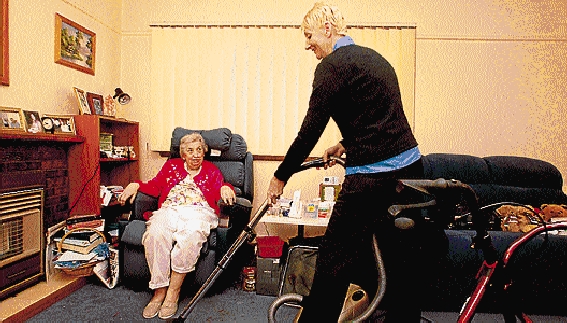A DOUBLING of Brimbank residents aged over 75 will put enormous strain on the aged-care system within two decades, according to Brimbank Council.
Community well-being general manager Kelly Grigsby said the council could meet demand for most home-care services, but rapid growth in the aged population would force an urgent expansion of services.
The comments come in the wake of a federal government plan to reshape Australia’s aged-care system.
The government will spend $3.7 billion over five years to deliver ‘Living Longer, Living Better’, helping people stay in their home as they receive care.
Maribyrnong MP Bill Shorten said Australia’s aged-care system had to meet the needs of an ageing population.
“Our life expectancy has increased by up to 25 years over the past 100 years,” he said.
Within a decade, the number of home care packages will increase by two-thirds, from 59,876 to almost 100,000.
Mental Health and Ageing Minister Mark Butler said many pensioners with meagre savings and few assets paid more than people with hundreds of thousands of dollars in assets and private income.
Under the new scheme, nobody will pay more than $25,000 a year and $60,000 in total.
Brimbank Council provides services to 3014 clients across a range of home and community care (HACC) services.
It supports the greater focus on community-based services for older people.
Sunshine home care client Sheila Branch, 84, said without the service she would be forced into an aged care home.
She said she was not ready to leave her home of 57 years.
“We get visited seven days a week, they make the bed, help with tasks and twice a week they will give me a shower,” she said. “I am well looked after.”
Ms Grigsby called on governments to deliver increased funding and services to ensure older people could live independently.
Complicating the issue for Brimbank is growth in the over-70 age group, the largest group of users of services, and the cultural diversity of the population.
Ethnic Communities’ Council of Victoria director Ross Barnett said $24.4 million allocated to diverse groups needed to focus on prevention/education strategies.








